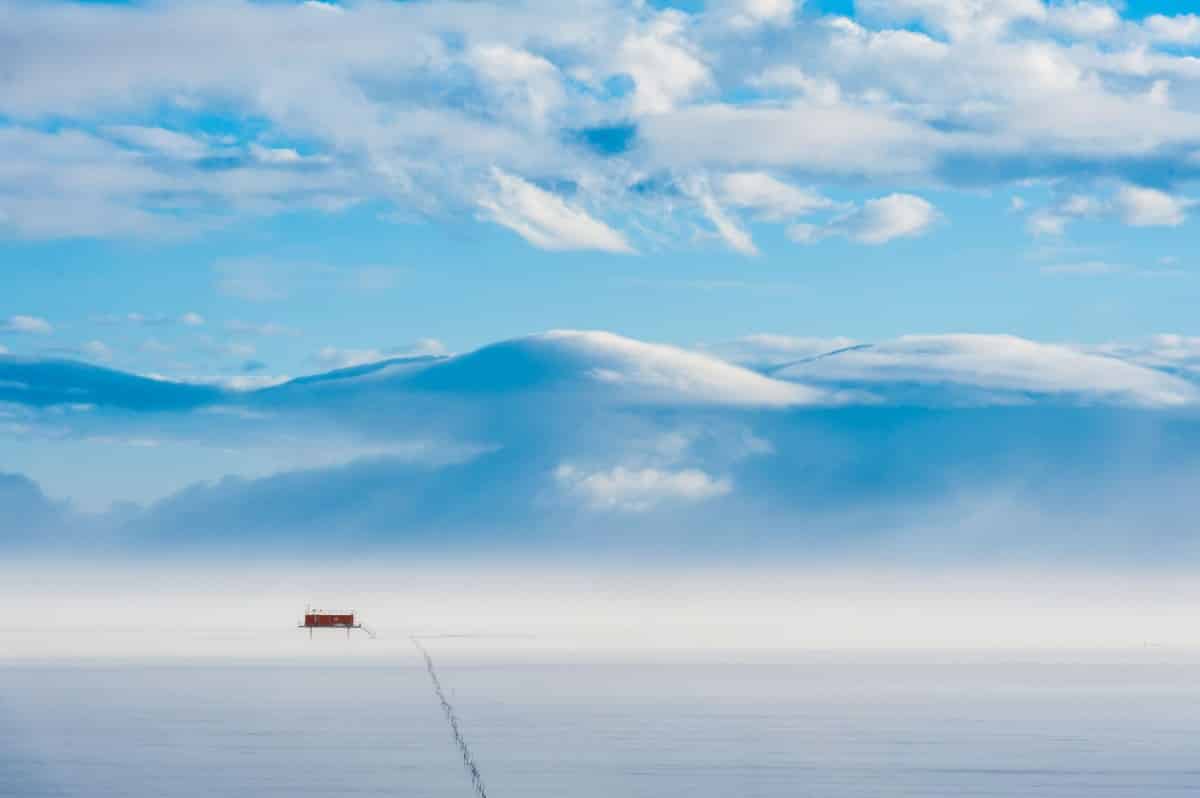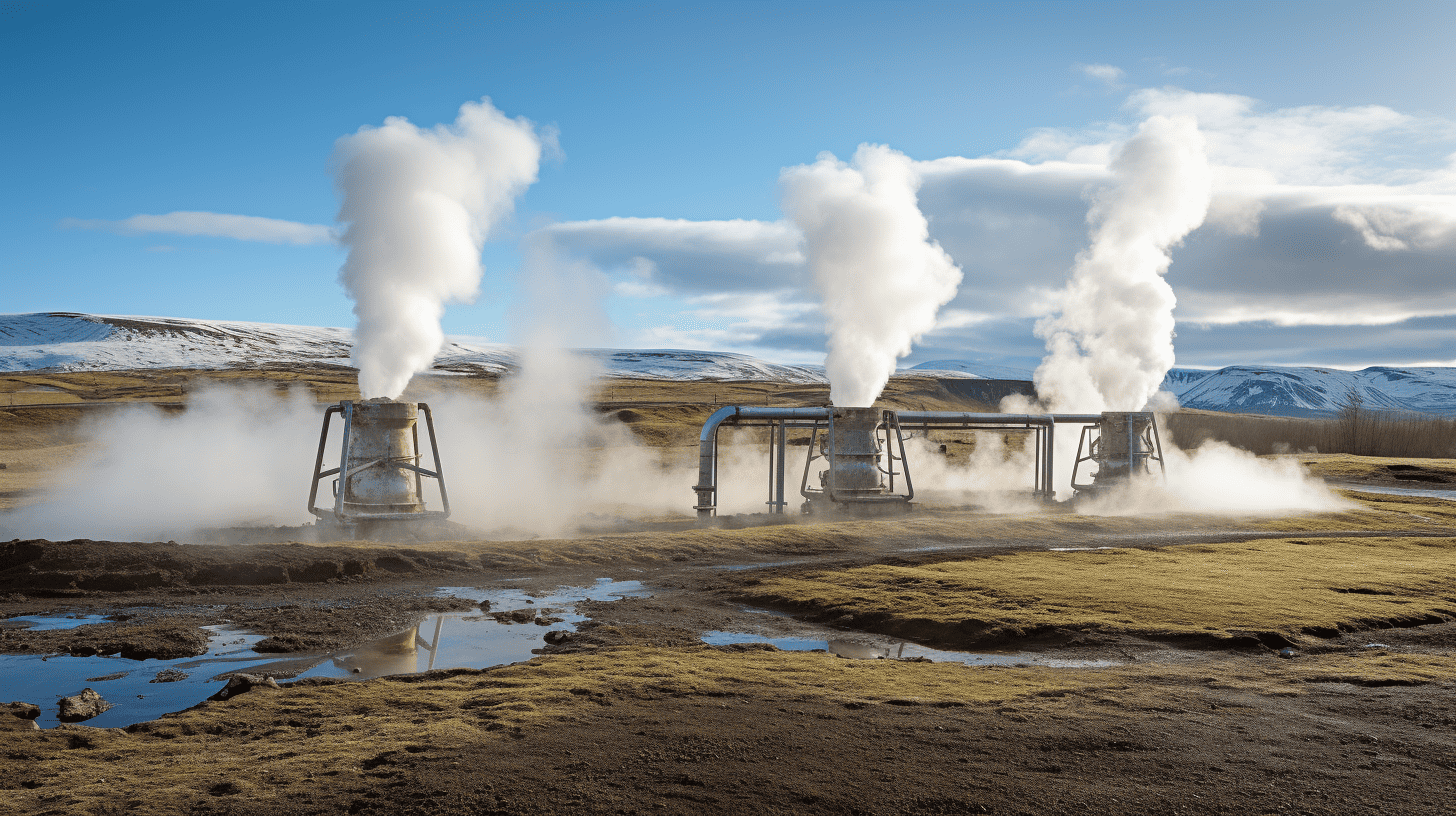
With an area of 13.5 million square kilometers, the Antarctic continent occupies around ten percent of the world’s land area and is thus far larger than Europe. With temperatures between minus 15 and minus 40 degrees Celsius in summer and record temperatures of up to minus 89.2 degrees Celsius in winter (measured 1983 in the Russian Vostok Station), 98 percent of Antarctica is covered with ice, making it the largest ice desert on earth.
That is why there is little life on the sixth continent. There are mainly penguins and seals in Antarctica, along with whales, beetles, albatrosses and leopard seals. Humans are hard to find. Depending on the season, around 4,000 scientists from numerous countries live in the individual research stations in summer and around 1,000 in winter.
They collect neutrinos, analyze glaciers and ice cores or investigate how organisms survive in hostile conditions. As these research stations are operated all year round, a well-functioning heating and energy system is vital. Like the German polar research station Neumayer Station III, the energy supply of these facilities is usually provided by block-type thermal power stations with diesel generators, meaning with crude oil. In the Neumayer Station III, a wind turbine also provides regenerative electricity.

The Sun also Shines in the Antarctic
When the environmental physicist Dr. Kira Rehfeld from the University of Heidelberg took part in an Antarctic expedition, she noticed how complex it is to transport crude oil to this region of the world. Since even the smallest leaks would pose an enormous problem for the sensitive ecosystem, there are very strict transport requirements.
At the same time the sun shines almost around the clock at the South Pole during the summer months and that very intensively. This fact gave Rehfeld the idea of whether it would not be possible to convert this solar energy into a form of energy that could be easily stored: “solar hydrogen”, which could largely replace oil.
Hydrogen has a high energy density, stores the energy of light as chemical energy and can itself be stored well. If required, the stored chemical energy can then be converted into electrical energy – electricity or heat – whereby only water is produced as a waste product and no harmful emissions that pollute the environment. A further central point is that hydrogen gas can be stored very well in pressure bottles, so that hydrogen is also available for the winter season, the researchers emphasize.
Together with her colleague, the HZB expert Dr. Matthias May, Kira Rehfeld discussed this idea after her return to Europe and both scientists now want to examine in a feasibility study whether this solar fuel production is also feasible under the conditions of Antarctica. May’s area of expertise is research into complex material systems that use sunlight to split water into oxygen and hydrogen. The scientists are supported by the Volkswagen Foundation, which is funding the project for 18 months with 120,000 euros.
The Price Hardly Plays a Role
However, supplying Antarctic research stations with solar energy poses some problems. First of all, photovoltaic layers must be combined with electrochemical reactions for solar water splitting. Under icy conditions such as those at the South Pole, chemical reactions only take place very slowly, even if photovoltaics function quite well at temperatures below zero degrees. Another important aspect of the “solar hydrogen” project is that the modules for generating hydrogen with sunlight must run largely maintenance-free and autonomously.
Rehfeld and May don’t necessarily have to pay attention to the price in their first attempts at a solution. “The triumph of photovoltaics also began with solar cells, which were initially very expensive and could only be used in satellites”, argues May, and Rehfeld stresses the fact that supplying the Antarctic stations with crude oil is also extremely costly. “Moreover, [it is] associated with high risks for the environment. It is definitely worthwhile to think about alternatives.”
The “Experiment!” funding initiative of the Volkswagen Foundation amounts to a maximum of 120,000 euros and is limited to a maximum of 18 months. It is aimed at “researchers who want to test out a radically new and risky research idea. They are given the opportunity during an exploratory phase to gain initial indications of the viability of their concept.”
Also interesting:
The Glaciers are Melting in Greenland, Antarctica as well as on the Hindu Kush
Antarctica: Research Team Explores Life under Iceberg







